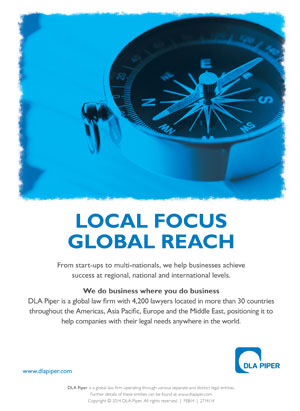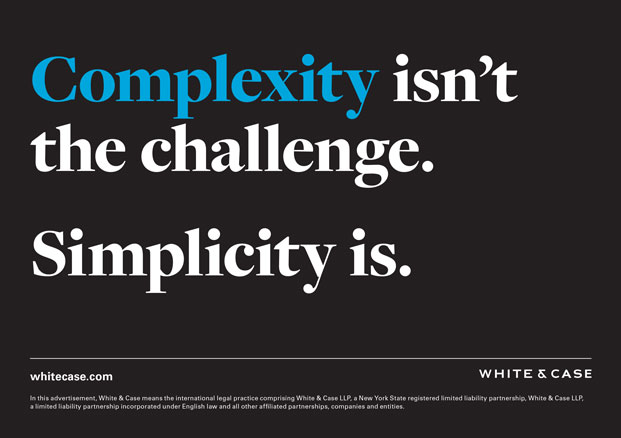 EY released their annual Firepower Index and Growth Gap Report last week, revealing a hotbed of lucrative M&A activity in the biopharmaceutical industry. Deal activity for 2015 exceeded 300 billion (USD) as companies scrambled to address growth gaps and fine tune business strategy. Experts believe the landscape, fraught with grueling pricing competition, divestitures, and consolidated payer clout, could continue to challenge growth gaps.
EY released their annual Firepower Index and Growth Gap Report last week, revealing a hotbed of lucrative M&A activity in the biopharmaceutical industry. Deal activity for 2015 exceeded 300 billion (USD) as companies scrambled to address growth gaps and fine tune business strategy. Experts believe the landscape, fraught with grueling pricing competition, divestitures, and consolidated payer clout, could continue to challenge growth gaps.
EY’s Firepower Index measures biopharma companies’ ability to fund M&A transactions based on the strength of their balance sheets and their market capitalization. Thus, “a company’s firepower increases when either its market capitalization or its cash and equivalents rise – or its debt falls.”
Glen Giovannetti, EY’s Global Life Sciences Leader, says: “While we can’t predict more large transformational deals over US$100b in 2016, we do expect a continued brisk pace for acquisitions and a continuation of the robust divestiture environment, as companies seek to focus on and gain scale in their chosen therapeutic areas. Three times as many companies now possess at least US$3b in firepower than a year ago, meaning more competition for targets as well as a longer list of potential acquirers for divestitures. Big pharma, in particular, should capitalize on its dominant share of firepower and continue to pursue aggressive but strategically sound deals to fill its portfolio and pipeline gaps.”
Among the key findings reported in this year’s index are the paramount role of specialty pharma, the persistence of growth gaps, and the rise of biotech ambitions and firepower. By total valuation, most deals took place in the specialty and generics sector, with big pharma picking up slack later in the year despite choppy foreign exchange waters.
Jeffrey Greene, EY’s Global Life Sciences Transaction Advisory Services Leader, says: “The drivers of industry M&A in 2015, including payer consolidation, rising health care costs and companies’ growth imperatives, are only intensifying. These pressures may make the lofty heights of US$200b in annual M&A the new normal for the foreseeable future. We expect deals targeting narrower therapeutic battlegrounds, geographic strongholds and portfolio rationalization to drive the 2016 M&A agenda.”







